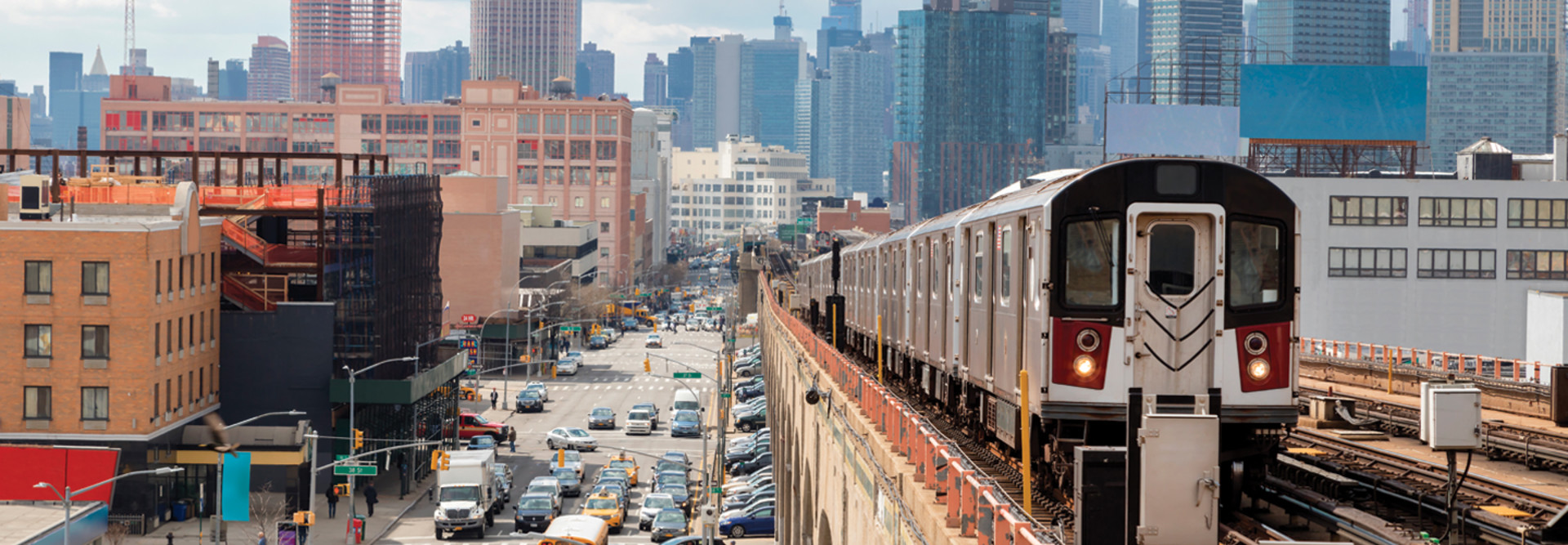Addressing Equity in Future Transportation Infrastructure
Often in smart city developments, the showcase projects and pilots are in downtown business districts or corridors, and there is nothing necessarily wrong with that.
However, as smart city efforts expand and infrastructure is modernized, cities have an opportunity to deploy connectivity, advanced sensors and the benefits like smarter and safer intersections to underserved areas of the city. Projects can be used to bring street safety to these areas of the city and address longstanding inequities.
The American Jobs Plan includes $20 billion for “a new program that will reconnect neighborhoods cut off by historic investments and ensure new projects increase opportunity, advance racial equity and environmental justice, and promote affordable access,” according to a White House fact sheet.
The administration argues the plan will “inspire basic research, like advanced pavements that recycle carbon dioxide, and ‘future proof’ investments that will last decades to leave coming generations with a safe, equitable, and sustainable transportation system.”
In April, the U.S. Department of Transportation announced the availability of a newly renamed $1 billion grant program, now called the Rebuilding American Infrastructure with Sustainability and Equity (RAISE) grants.
The department states that grants will be awarded to transportation projects meeting “criteria that include safety, environmental sustainability, quality of life, economic competitiveness, state of good repair, innovation, and partnership. Within these criteria, the Department will prioritize projects that can demonstrate improvements to racial equity, reduce impacts of climate change and create good-paying jobs.”
As mayors, IT leaders and city planners contemplate the future of smart, urban infrastructure, there is clearly an emphasis put on addressing inequities, and that should be kept in mind as localities make investments.
MORE FROM STATETCH: How governments and schools are partnering on closing the digital divide.
Digital Equity Built into Urban Infrastructure
As part of the American Jobs Plan, the administration proposes to build high-speed broadband infrastructure to reach 100 percent coverage. The plan will also promote transparency and competition in the broadband market by removing barriers to the creation of municipally owned or affiliated broadband providers, cutting the cost of internet service and promoting wider adoption.
New transportation projects also hold the potential to enhance digital equity and expand broadband access. Publicly owned buildings and rights of way can be used to deploy wireless infrastructure, including small cells to expand access to broadband in local communities.
That’s something that cities such as Philadelphia are considering. Some areas of a city may need more or better Wi-Fi or cellular coverage, especially as work patterns shift and some residents telework more often. Expanding access to broadband can improve the quality of life for all residents and make communities more dynamic economically.
Candelaria Mendoza, smart city coordinator for San Antonio, tells Government Technology that it’s important for cities to future proof the connectivity infrastructure they deploy, forge partnerships and use shared infrastructure where possible. That ethos should be considered as cities gear up to build new transportation infrastructure.
Cities have an opportunity to build smarter infrastructure that is more inclusive, brings innovation to underserved pockets of the community and expands access to broadband. Much is still up in the air in terms of how this will play out, but there is also great opportunity to forge a more equitable and connected society.
This article is part of StateTech’s CITizen blog series. Please join the discussion on Twitter by using the #StateLocalIT hashtag.












